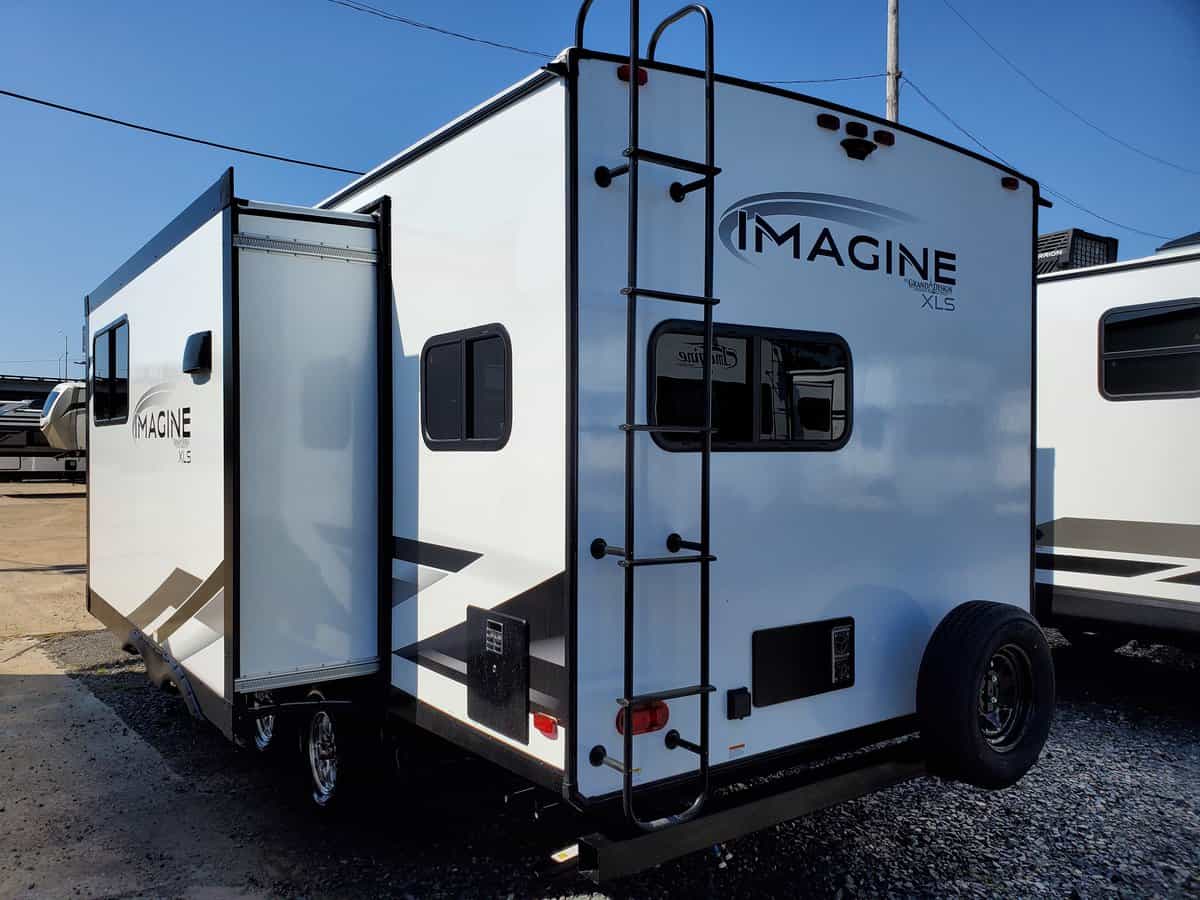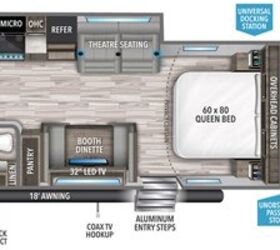Table Of Content
One of the key benefits of JAD sessions is its efficiency in gathering requirements and analyzing them. Instead of lengthy, one-on-one interviews or written documentation, JAD sessions enable real-time discussions, which accelerate the requirement gathering process. This collaborative approach allows for quick decision-making and reduces the risk of miscommunication and misunderstanding. The JAD approach is useful for a variety of projects, including new products and product enhancements.
T1 Line Costs: Pricing, Providers, and Comparison
They each play a key role in the JAD process, making contributions to ensure successful product development and delivery. If at all possible, we recommend holding the two-to-four-day sessions off-site, away from the organization, in comfortable surroundings. Some groups use executive centers or even group decision support facilities that are available at major universities. The idea is to minimize the daily distractions and responsibilities of the participants’ regular work. Minimal presentation support equipment includes two overhead projectors, a whiteboard, a flip chart, and easy access to a copier.
A Guide to the Industrial Production of Cars - AZoRobotics
A Guide to the Industrial Production of Cars.
Posted: Thu, 19 Dec 2019 08:00:00 GMT [source]
Explore Business Topics
These requirements generally apply to applications for Zone Changes or General Plan Amendments that increase residential density and were deemed complete on or after December 13, 2016. The LA ADU Accelerator Program pairs older adults with homeowners willing to provide a stable home by offering their accessory dwelling units (ADUs) as affordable rentals. In exchange, homeowners receive benefits such as qualified tenant referrals, tenant case management, and stable rental payments. The session leader should not be an expert in systems analysis and design but rather someone who has excellent communication skills to facilitate appropriate interactions. Note that you do not want to use a session leader who reports to another person in the group. To avoid this possibility, an organization may want to retain an outside management consultant to serve as session leader.
What are the benefits of conducting a Jad session?
During a JAD session, a team of stakeholders, including end-users, developers, and business analysts, come together to identify and define software requirements. The session is typically facilitated by a JAD session leader who guides the discussions. During planning, an executive sponsor is appointed, and the scope of JAD sessions is defined. The sponsor, facilitator and development team also identify the objectives, expected benefits and risks of the process. JAD sessions also play a crucial role in agile methodologies, as they promote a collaborative and iterative approach to software development.

This can include analyzing existing software performance, debugging complex problems, or exploring new development opportunities. A JAD (Joint Application Development) session is an analysis and troubleshooting technique that maximizes efficiency and collaboration among teams involved in software development. This methodology aims to gather requirements, resolve issues, and improve productivity by bringing together key stakeholders, business analysts, developers, and tech experts in an interactive and participatory session. The team should assess their performance in facilitating collaboration and communication among all participants. They should also evaluate the software development methodology and tools used during the session to ensure they were effective in achieving the desired outcomes.
They also finalize the project scope and objectives, develop a product prototype, document all decisions and create deliverables. The deliverables are assigned to various people for closure by a certain resolution date. Subsequent design sessions usually begin with a discussion of the issues that were identified in the previous session and resolved since then. The Los Angeles Department of Building and Safety (LADBS) implemented the Standard Plan Program to provide LADBS customers a simplified permitting process for the design and construction of ADUs that are built repeatedly.
Key Participants in Joint Applications Development
Furthermore, Jad sessions promote team cohesion and encourage cross-functional collaboration. By working together in these interactive sessions, team members can leverage each other’s expertise and insights. This improves overall communication and fosters a sense of ownership and accountability for the project’s success. The executive sponsor can provide feedback and make critical decisions in the project. Although it is not necessary for them to be constantly involved, they should be available throughout the process in case their intervention is needed to solve problems or make important decisions.

City Planning Releases Measure JJJ and Transit Oriented Communities Housing Progress Report
As per the business needs, the requirements are collected alongside developing the new information systems. These sessions require a significant time commitment from team members, especially during the planning and analysis phases. Additionally, the effectiveness of Jad sessions heavily relies on the active participation and cooperation of all stakeholders. If key individuals are not fully engaged or do not contribute effectively, the session’s outcomes may be compromised. In order to ensure a successful Jad session, thorough preparation and planning are crucial.
Group decision support rooms will also provide networked PCs, a projection system, and software written to facilitate group interaction while minimizing unproductive group behaviors. As the client is involved throughout the development process, it drives faster development and greater client satisfaction. Joint Application Development (JAD) is a methodology that has direct involvement of the client and end-user while designing and developing computer-based applications.
The success of designs resulting from JAD sessions is less predictable than that achieved through standard interviews. A final benefit of participating in JAD sessions is the creative development of designs. The interactive character of JAD has a great deal in common with brainstorming techniques that generate new ideas and new combinations of ideas because of the dynamic and stimulating environment.
Observers observe JAD sessions and gather knowledge about user needs and session decisions. Also, they can only interact with session participants during breaks or before and after sessions. You can find additional information about CCE and the application process on the CCE grant page. JADU garage conversion cost will range from $70,000 to $110,000, depending on the homeowner’s needs and requirements. If you want a few suggestions on how to save money when building a JADU, check out my 5 Cost-Saving ADU Tips blog. By participating in the program, homeowners receive benefits such as tenant screening, timely rent, and landlord support.
They represent all the groups that will be affected by the development of the project. Without them, Joint Application Development (JAD)- sessions would be meaningless. This is the person who observes every moment of the JAD process, the needs of the end user and the decision making that took place. The IT specialist is in charge of providing technical advice and helps develop models to build the prototype.
The participants of the sessions should know how the workshop will be distributed, its objectives and the desired outcomes of the meetings. To summarise, the Joint Application Development methodology is the process that is used to start a new project. The JAD technique is used for technology projects with Application Management that can be executed for internal processes of an organisation or to commercialise it externally. Arnie Lind spent the next 13 years at IBM Canada continuing to develop the JAD methodology, and traveling around the world performing JAD seminars, and training IBM employees in the methods and techniques of JAD. JADs were performed extensively throughout IBM Canada, and the technique also spread to IBM in the United States.
In summary, a Jad session is a meaning collaboration and planning session that brings together a multidisciplinary team to gather requirements, analyze, and design software solutions. By promoting effective communication, teamwork, and efficient analysis, the Jad session contributes to the overall success and efficiency of the software development process. The scope of JAD encompasses requirements gathering, design, prototyping, and validation activities, with a focus on achieving consensus and alignment on project goals and deliverables. In conclusion, a JAD session is a powerful tool for analyzing software requirements, troubleshooting issues, and enhancing collaboration among teams involved in software development.
Pre-planning the activities to be carried out is essential for the fulfilment of the tasks. Also be clear about who will be invited and how they can contribute to the creation of the information system. The facilitator is the person in charge of running the meetings, identifying problems and making clear the final points of each meeting. The facilitator is in constant direct communication with the executive sponsor to achieve the desired objectives.














